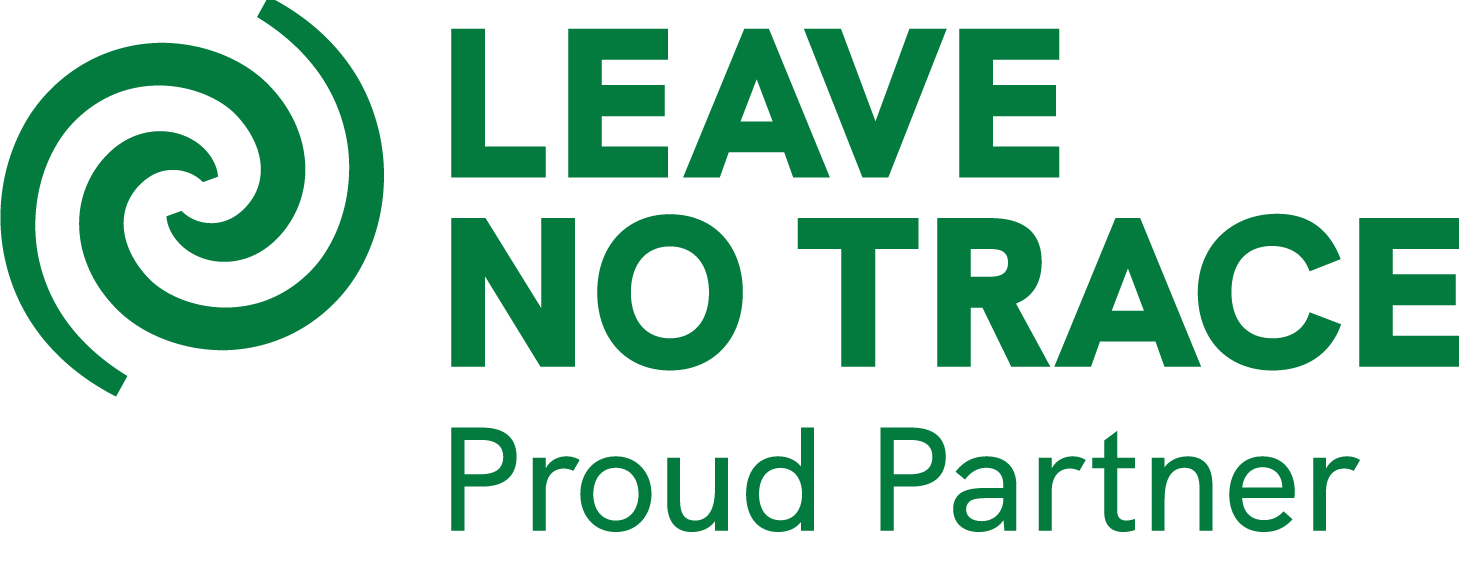Granite Mountain Guides
Intentional Mentorship vs. Formal EducationThere is a difference between formal instruction and intentional mentorship. We recently laid out the criteria of formal instruction in a separate blog and now we want to take some time to focus on what it looks like to have intentional mentorship in climbing and why it’s important. Impacts of Climbing Gaining Popularity
We often see mentorship and instruction confused in this industry. Many times, experienced mentors have alternate, selfish motives. When working with a professional guide, you are ensuring that the person providing you skills is up to date on best practices and presents the content in a clear and concise fashion. Mentorship looks more like coming alongside a climber (usually a new climber) and teaching them in a loose manner. This can include initial technical skills, but should focus more on the efficiencies, principles and ethics. One of the factors that contributes most to this boom in climbing is the increase in the number of climbing gyms. In 2014 Mountain Project listed 884 climbing gyms in the U.S. and that number is now 1,165. For you data geeks, that's an increase of nearly 25% in the last 6 years alone! Mentorship Starts in the Gym
This is a call to work collaboratively as a community. We need both formal education and intentional mentorship to protect climbing in this drastic growth we are seeing. The only constant in this world is change, and we need the community to rise up to this challenge! #seekqualifiedinstruction
1 Comment
At GMG we are established on the foundations of providing exceptional instruction to climbers that are just learning the craft. From there it blossoms into how we can best serve the local community even more by promoting wonderful areas for all to experience on our guided trips. It is our first priority to provide exceptional instruction in a positive, risk-managed environment. While we also prioritize serving the local community and encouraging climbers to minimize their impact, which we will dive into deeper in our discussion of intentional mentorship. Resources to Learn from Climbing Accidents
A recent article tells the story of an accident that occurred in 2014. A new climber took a trip to Colorado with a group. She had recently learned how to clean sport anchors in a gym setting, one of the guys she had met the day before offered her one of his alpine draws to girth hitch to her harness and use as a personal anchor system to clean the anchor off the route. Likely due to her unfamiliarity with the process of cleaning as well as someone else’s piece of gear something happened at the top of the route that caused her to fall 60-feet to the ground. You can read more details on the “climbing pass” subscription on Outside, but we want to take some time to analyze even the vague details of this accident. It does not say if the climber who fell from the route and learned about cleaning routes in a gym setting was taught that in a class or by a friend/climbing partner. But we do know that when the climber cleaned this route they were with friends. It is important for all climbers to recognize the limitations, and biases, of their knowledge. This scenario could have been prevented if the climber had invested a little more time in an educational setting that is fully supervised. While accidents can still happen in a supervised setting, they are much less likely to occur.  In Episode 57 of The Sharp End Podcast, Brian retells a story from his early climbing days about an accident that occurred due to a "flawed knot". In his return to climbing with his sons, years later he made a point to hire a guide to make sure that him and his son were properly educated and supervised before diving back into climbing after years away from the sport. How to Keep Climbing Safe in the Midst of it's Rising PopularityClimbing is getting more and more popular. We have seen countless individuals teach their friends how to lead climb and clean anchors in an outdoor crag setting simply by pointing to things and explaining the process. This is a recipe for an outcome like the one summarized above. Not to mention, we are in the day and age of technology. It is so easy to look up “how to clean a sport anchor” on YouTube and get a lot of results - which can also be daunting! Even if you watch a video created by a credible source such as the AMGA there is still a chance of not comprehending, not getting enough practice, not having proper supervision, etc. that can lead to life threatening accidents. The growing numbers of climbers is not going to stop, and it is impossible to prevent every accident from happening, but we strongly believe that if all climbers, especially those new to the craft were to seek qualified instruction, there would be less accidents in the community. Additionally, climbers should strive to always be students. Always willing to learn. Which flexes our brains and creates an important gap between competence and complacency. Complacency kills. Seek. Qualified. Instruction.
Have you ever been in an accident or suffered an injury while out climbing? Or have you ever witnessed an accident or injury at the crag or in the backcountry? Those scenarios can be traumatizing and often elicit a lot of panic. That is why we are going to spend an entire blog post talking about the benefits and importance of obtaining wilderness medicine training whether it is the basics of wilderness first aid or more in-depth training, such as taking a wilderness first responder course. What is a WFR & WFA?First, we wanted to start by defining what a Wilderness First Responder (WFR) is and highlight the difference between a WFR course and a Wilderness First Aid (WFA) course. A certified wilderness first responder is an individual who obtains a standard level of medical training for remote locations. Responders are trained in patient assessment, equipped with treatment tools to stabilize various conditions, and provide extended care in remote environments (Definition from DMM). A WFA covers some, but not all, of the same topics and not as in-depth. A WFA Course is often 2-3 days long (16 hours), whereas a WFR Course is 7-9 days long (80 hours). Why Take a WFR or WFA Course?When you go out for a day of climbing, how often do you plan for your day? Whether it’s a day at a new crag or a bigger backcountry objective. Most of you probably (hopefully) have an idea of what routes you want to hop on or have read some beta on the approach. We call this trip prep. Preparing for a trip is an important facet of risk management whether you think about that in your planning or not. Taking a WFR or WFA course is a form of risk management. By doing so you are equipping yourself with the tools that are at the least nice to have and at most lifesaving. We love The Sharp End Podcast. For those of you unfamiliar with the podcast, it is a resource that analyzes individual’s accidents in the mountains and concludes with take-aways to learn from. One of the common questions you’ll hear the host ask is if the individual’s involved in the accident have ever received any kind of wilderness medicine training. When the answer is no, more times than not, the response is that the victims wish they did.
Additional Resources: Satellite Devices
|
AuthorGranite Mountain Guides strives to empower local climbing communities with the knowledge they need to make sound decisions in the vertical world. Archives
March 2022
Categories |
Seek. Qualified. Instruction.
|
This institution is operated under special use permit with the Prescott National Forest & Coronado National Forest. This institution is operated under special use permit with the City of Scottsdale McDowell Sonoran Preserve. This institution operates under a Guest permit for Red Rock Canyon National Conservation Area by the Bureau of Land Management. Granite Mountain Guides, LLC is an equal opportunity provider.
|
© Granite Mountain Guides, LLC 2016-2023. All rights reserved.
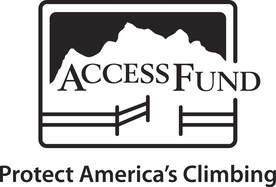
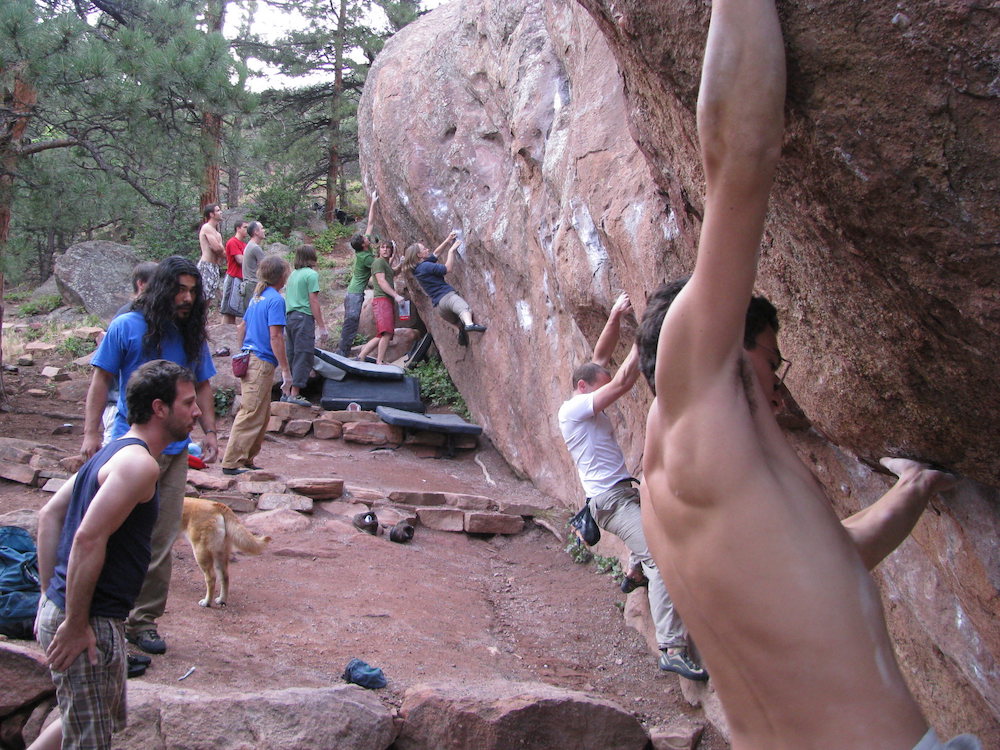
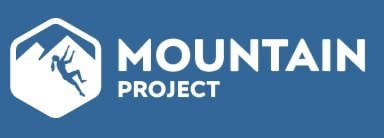
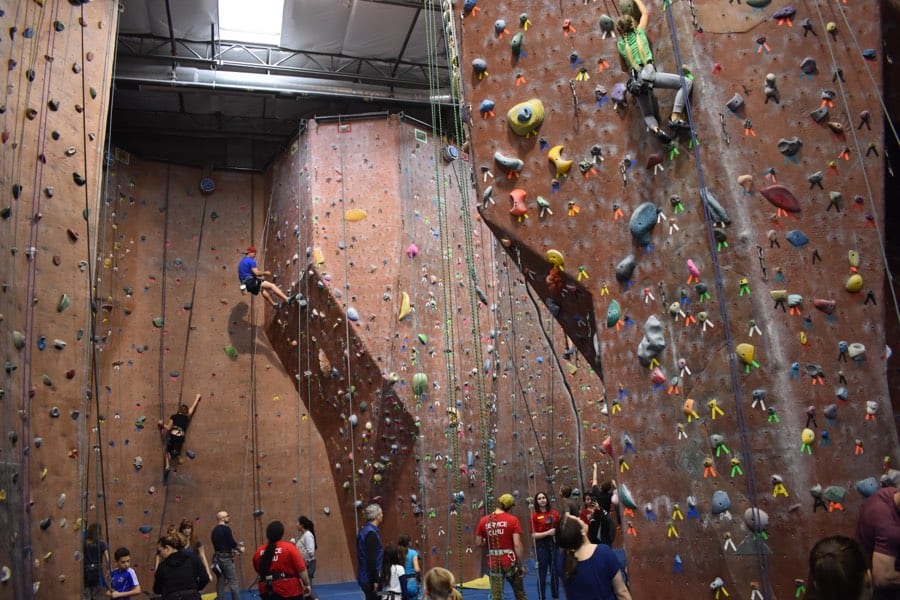

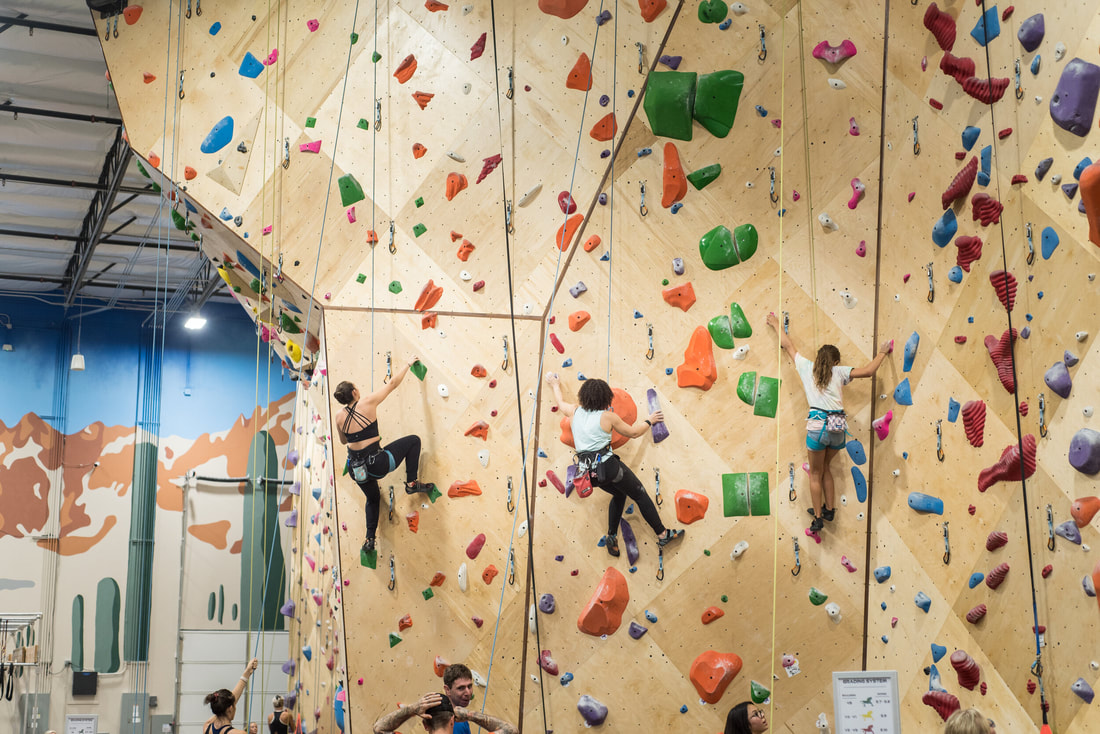
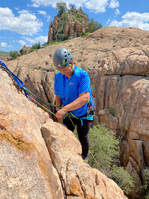
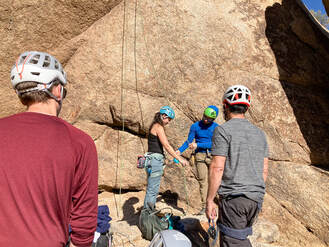

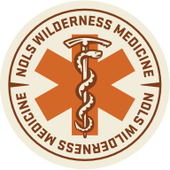
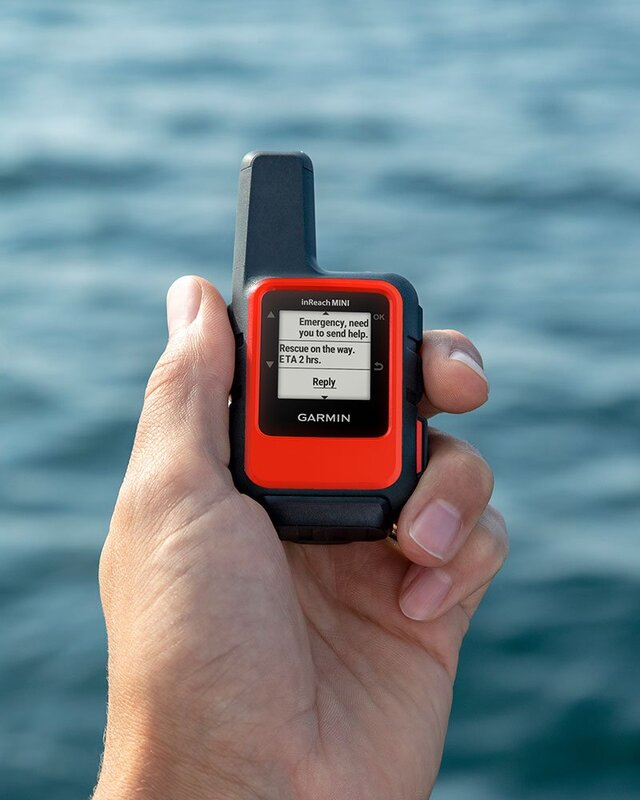
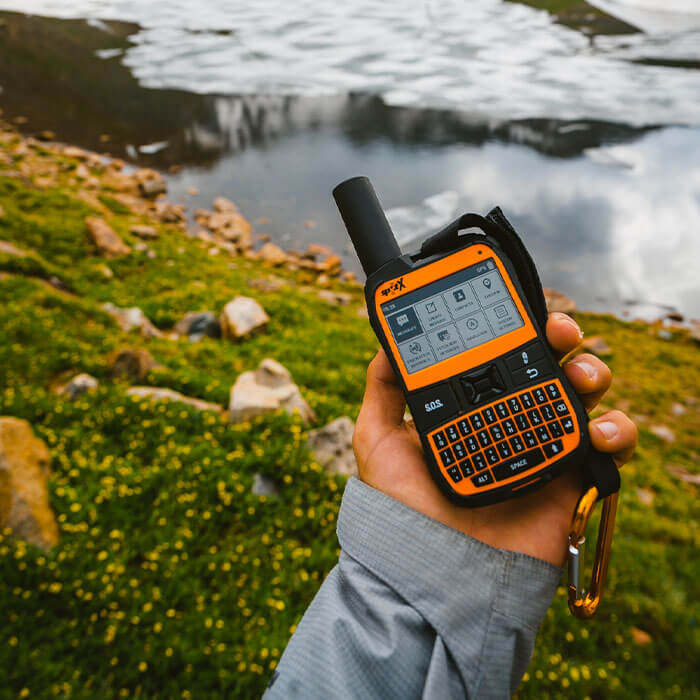
 RSS Feed
RSS Feed




